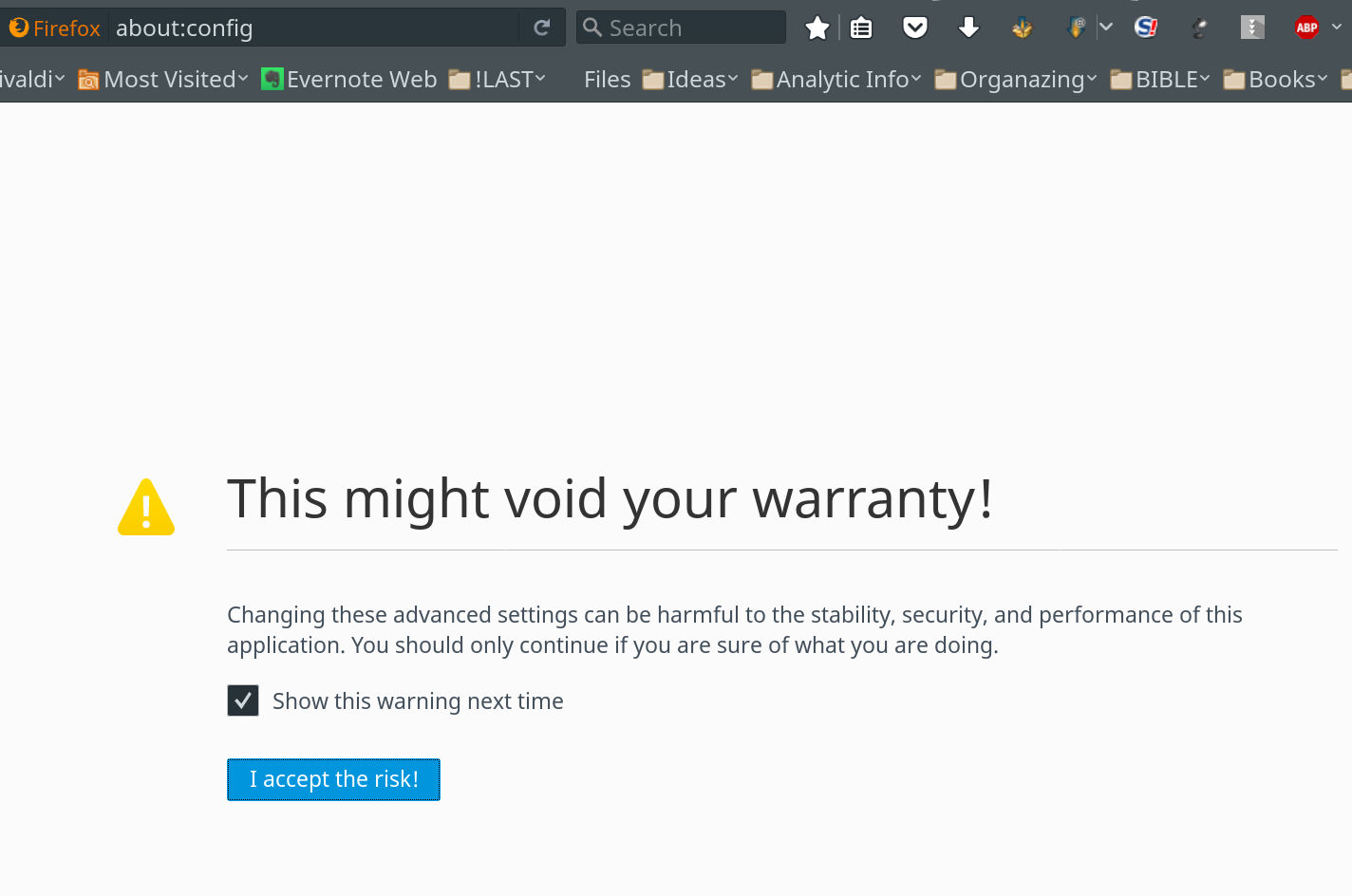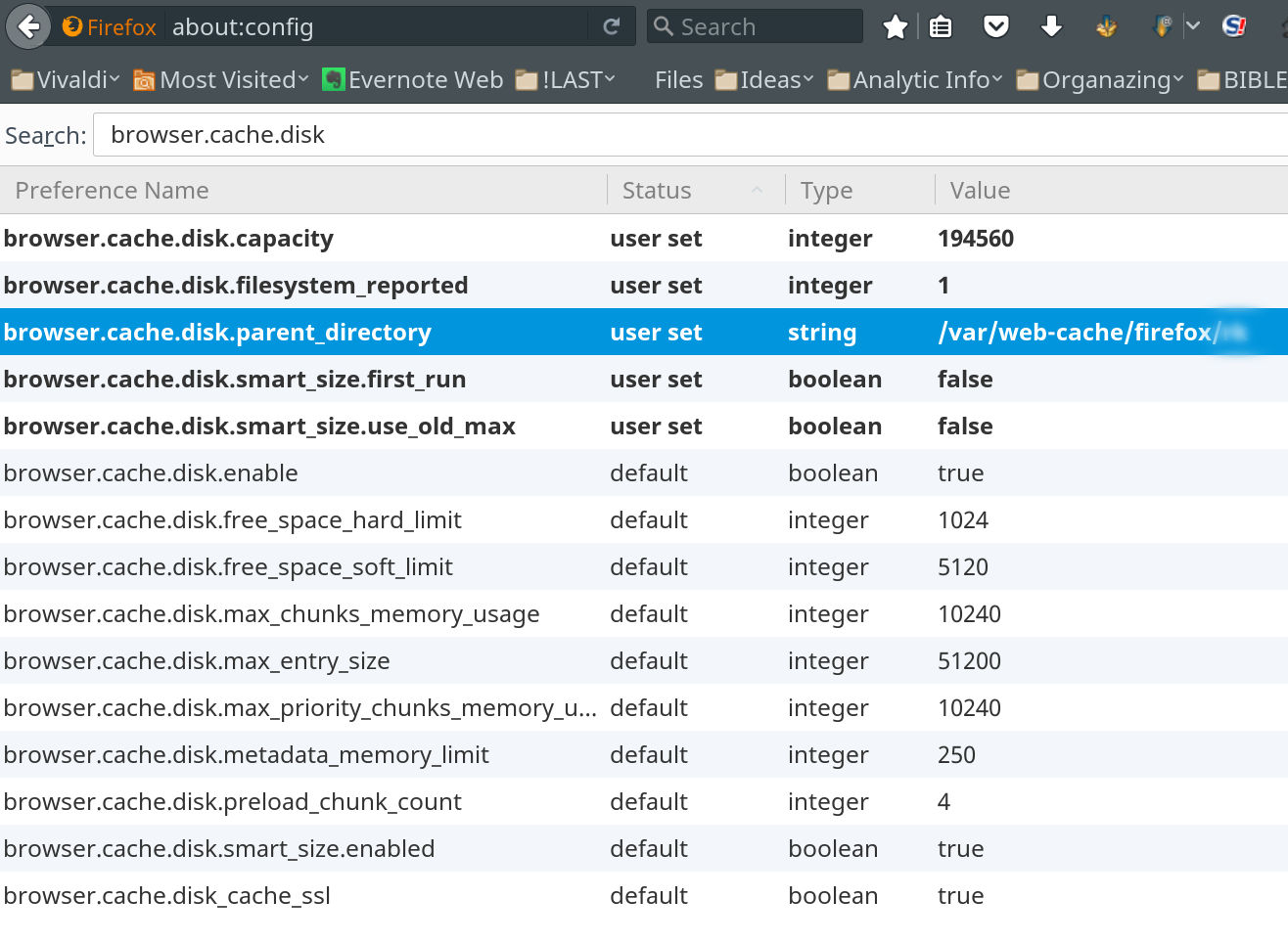Linux administration
How set the tmpfs under Linux Debian
fstab
# /etc/fstab: static file system information. # # Use 'blkid' to print the universally unique identifier for a # device; this may be used with UUID= as a more robust way to name devices # that works even if disks are added and removed. See fstab(5). # # <file system> <mount point> <type> <options> <dump> <pass> tmpfs /tmp tmpfs defaults,noatime,mode=1777,size=20G 0 0 # tmpfs /var/web-cache/vivaldi/username tmpfs defaults,noatime,uid=username,gid=usergroup,nosuid,size=500M 0 0 tmpfs /var/web-cache/firefox/username tmpfs defaults,noatime,uid=username,gid=usergroup,nosuid,size=500M 0 0 tmpfs /var/web-cache/opera/username tmpfs defaults,noatime,uid=username,gid=usergroup,nosuid,size=500M 0 0
Manage cache directories
Under root permissions create following directories:
# sudo mkdir -p /var/web-cache/vivaldi/username # sudo mkdir -p /var/web-cache/firefox/username # sudo mkdir -p /var/web-cache/opera/username
And change user’s permissions:
# sudo chown username:usergroup /var/web-cache/vivaldi/username # sudo chown username:usergroup /var/web-cache/firefox/username # sudo chown username:usergroup /var/web-cache/opera/username
Setting cache location in browsers
After the preparation on the OS side it is necessary to prepare the browser side, the location of the cache directory should be changed in the settings of a browser.
Firefox
In the Firefox browser it is very easy to change the location of cache directory inside the configuration settings, just enter the following URL in the address bar of a browser:
about:config
You will see a page like that:

Just accept and go further to configuration settings where you will find the records related to browser’s cache, two of those records are interesting:
browser.cache.disk.capacity browser.cache.disk.parent_directory
You can set those records to your own values according to directories in /var that has been prepared earlier.
The sample of such configuration is below:

Chromium based browsers Vivaldi, Opera, Chrome etc.
Command line argument passed to the executable of the browser:
--disk-cache-dir="/var/web-cache/vivaldi/username" --disk-cache-size=104857600
Cache directory
/home/username/.cache/vivaldi /home/username/.cache/vivaldi-snapshot
Change location:
# cd ~/.cache/ # rm -fr vivaldi-snapshot/ # ln -s /var/web-cache/vivaldi/username/ vivaldi-snapshot

Configuration directory
/home/username/.config/vivaldi /home/username/.config/vivaldi-snapshot
Additional information
How to speed up the Vivaldi web browser
